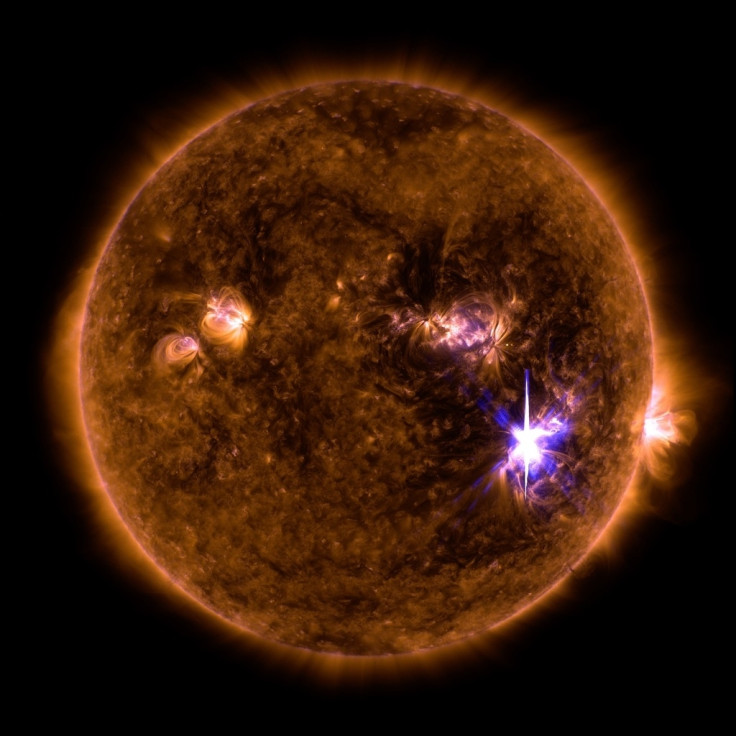Giant sunspot about to erupt, may release X-class solar flares
There is a 5% chance that the flare may trigger a powerful geomagnetic storm in the Earth's atmosphere
Sunspot AR3089, a giant sunspot facing the Earth, has built up enough energy to release X-class solar flares, the most powerful form of solar flares.
The National Oceanic and Atmospheric Administration (NOAA) says there is around a 5% chance that the flare may trigger a powerful geomagnetic storm in the Earth's atmosphere. Such a storm may cause damage to infrastructure and electromagnetic communication systems.
Space.com defines sunspots as dark, planet-size regions of strong magnetic fields on the surface of the sun. It is when these strong magnetic fields realign themselves that solar flares are created as spurts of electromagnetic radiation and giant plumes of solar plasma known as coronal mass ejections (CMEs).
Solar flares are classified based on how powerful the X-rays are. There are 3 classifications - the C-class, M-class and X-class. C-class flares are common and barely affect the Earth and M-class flares have a medium intensity and may cause minor geomagnetic storms.
X-class flares are those that occur the least frequently but are the most powerful. Some flares of this type can produce as much energy as a billion hydrogen bombs.
The chances of sunspot AR3089 creating an X-class flare are low but should they occur, the resulting geomagnetic storms would create massive damaging effects on Earth.
According to NASA, X-class flares may result in worldwide transmission problems, global radio blackouts, and radiation exposure to airline passengers near the North and South poles.
The most powerful X-class flare recorded to have hit the Earth is presumed to have created the 1859 Carrington Event. While the Carrington event resulted in beautifully bright aurorae seen around the globe, it also caused sparking and even small fires. If a storm of this magnitude happened today, it would create extended worldwide electrical power outages.
At present, the sun is building toward the peak of its 11-year sunspot activity cycle. Solar flares are expected to be more frequent and more powerful in the coming years compared to the previous decade.

© Copyright IBTimes 2025. All rights reserved.






















